blog
Book review: Impossible is Nothing: China’s Theater of Consumerism by Priscilla Briggs
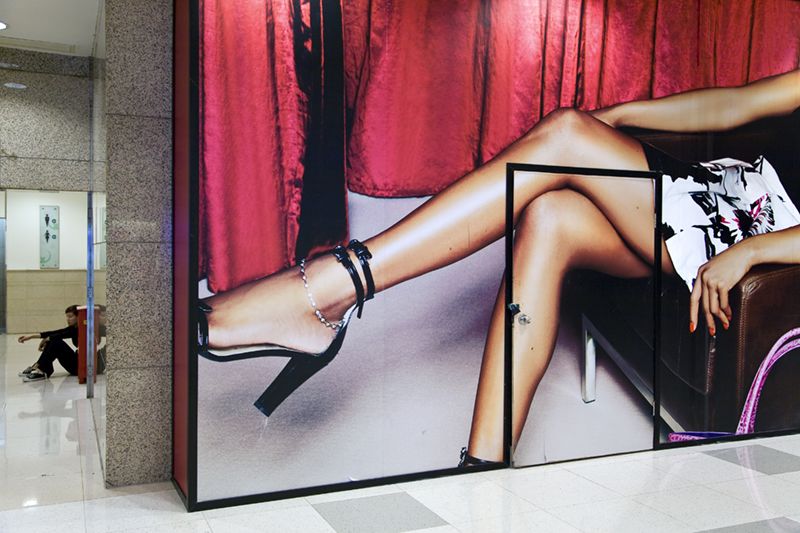
Over a span of six years, American photographer Priscilla Briggs traveled along the eastern seaboard of China to explore various facets of Chinese society within the context of a new brand of Communism that embraces “Capitalism with Chinese characteristics.” The fascinating resulting work is published in Briggs’ first monograph, Impossible is Nothing: China’s Theater of Consumerism.
The photographs document a culture that lives at the intersection of East and West. Rejecting the traditional values espoused by the Chinese Communist Party that common national goals take precedence over the needs of the individual, the forces of economic change in China have given birth to a burgeoning consumer class that is dramatically re-defining people’s lives — shaping their identity, values and aspirations for the future.
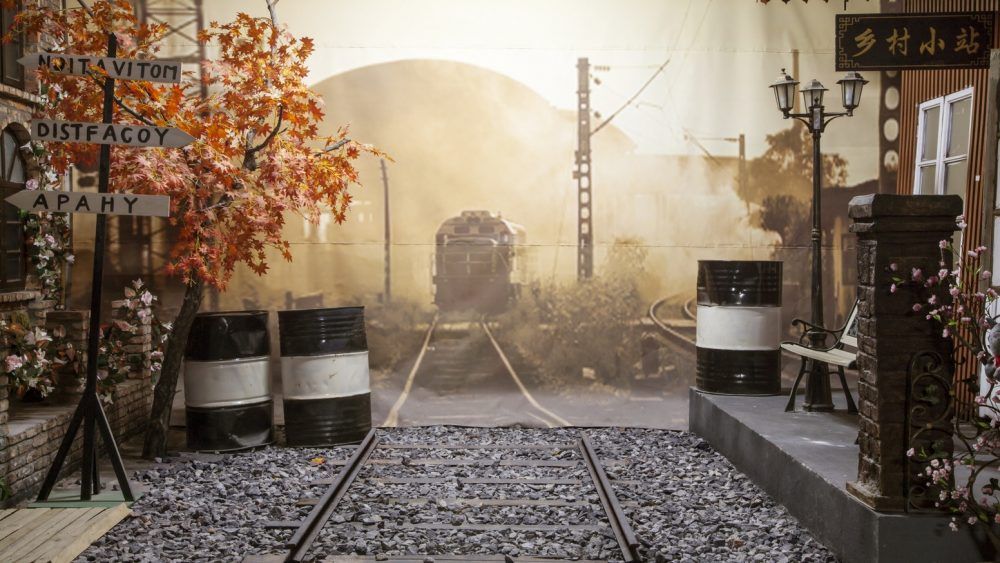
One can view many of Briggs’ images as ‘theatrical’ scenes; presented as outward representations of how members of the rising economic class wish to appear. They are almost literally casting scenes right out of a movie studio. These constructed realities project security and wealth, but allow the viewer to simultaneously see the vulnerability and insecurity the situation highlights.

Impossible is Nothing describes a forward-looking culture in the midst of a love affair with consumerism. Briggs’ images highlight constructed realities within contemporary China as they relate to ideas of luxury and status modeled after Western capitalist values. At the same time, there are hints in her work of what lies beneath the façade and the costs of global consumerism, as shown in Briggs’ photographs of factories and polluted waterways. Portraits, still life images and urban landscapes, rich in detail, are woven together to create a lyrical ode to the optimism and imagination of a country where anything seems possible.
Briggs’ photographs depict the mega-malls of the wealthy coastal cities, the government-designed city of Yiwu, (famous for its petty commodity trade), the lingerie manufacturing district of Shantou, the oil painting industry of Xiamen, the theme park Window of the World in Shenzhen, and ubiquitous wedding photo studios.
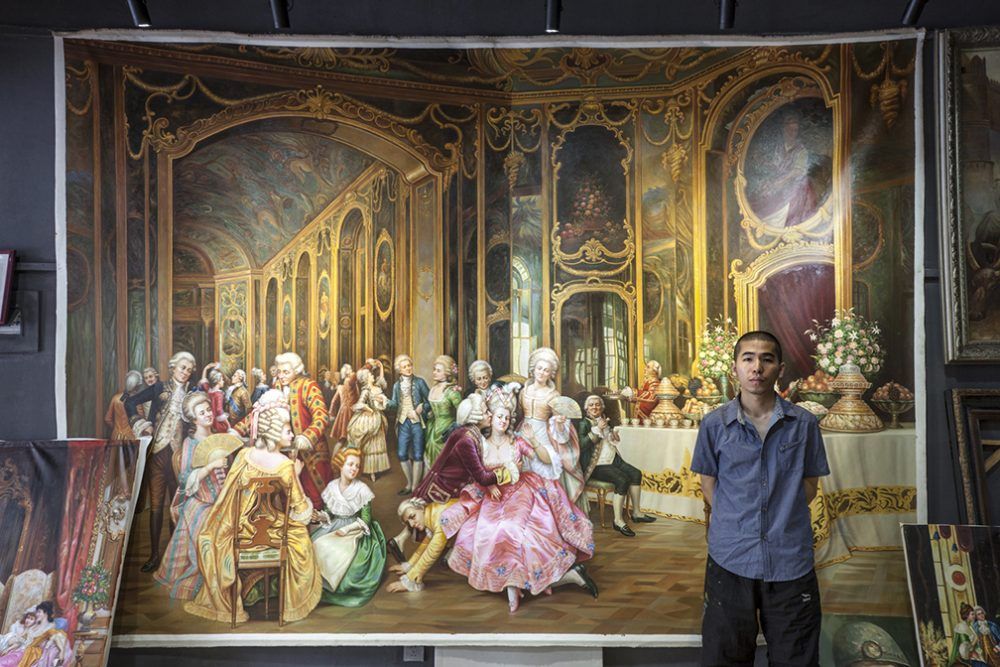
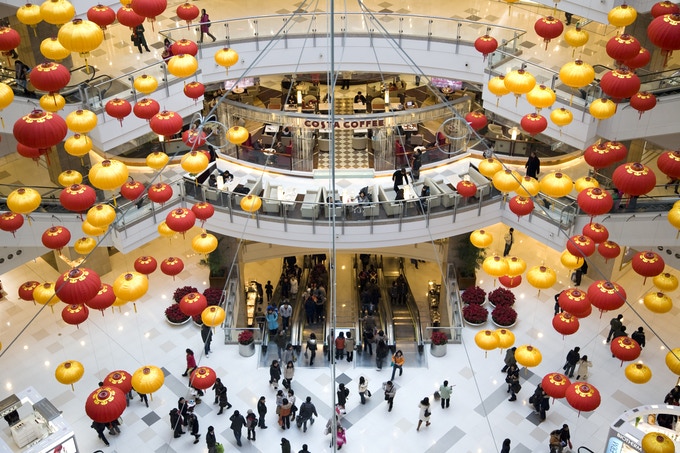
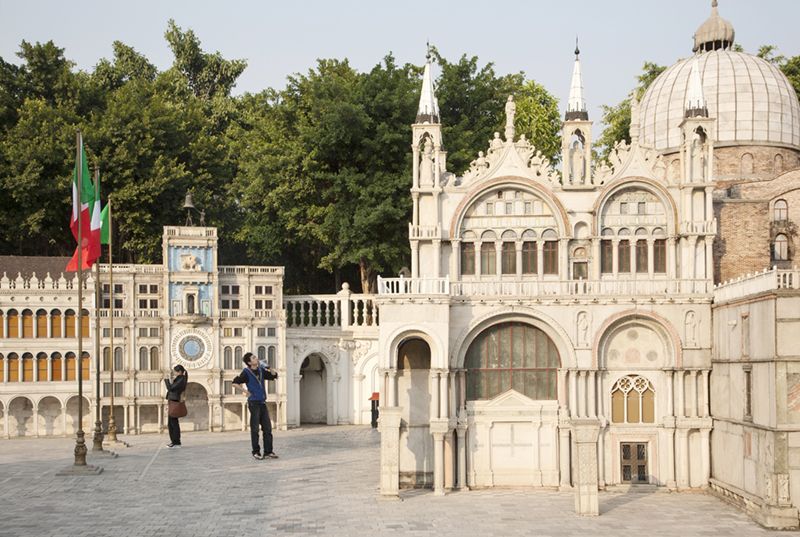
Among the most memorable photographs are Briggs’ portraits of oil painters who are commissioned to reproduce Western masterpieces by the hundreds, such as Leonardo da Vinci’s Mona Lisa and the 17th-century Dutch painter Johannes Vermeer’s The Girl with the Pearl Earring. These copies of works of art, made mostly for export, are intended to elevate the status of the buyer. In her series The Road to Shantou, Briggs focuses on the fifty square mile area in which many of the world’s brassieres are made. Her images of hard working members in the industry are contrasted with large billboards featuring airbrushed underwear models that tower over piles of garbage in the streets.
Through juxtaposition and repetition, references between Briggs’ images create a visual language that speaks to overarching themes and motifs. We see swans in wedding studios set in very different locations, yet the traditional symbol for love, fidelity and loyalty is still just a prop. Purses and paintings become signifiers of value while escalators and doors act as conduits of transformation. While Briggs’ work critiques Western influence and consumerism, her portraits also express a new world of boundless potential.
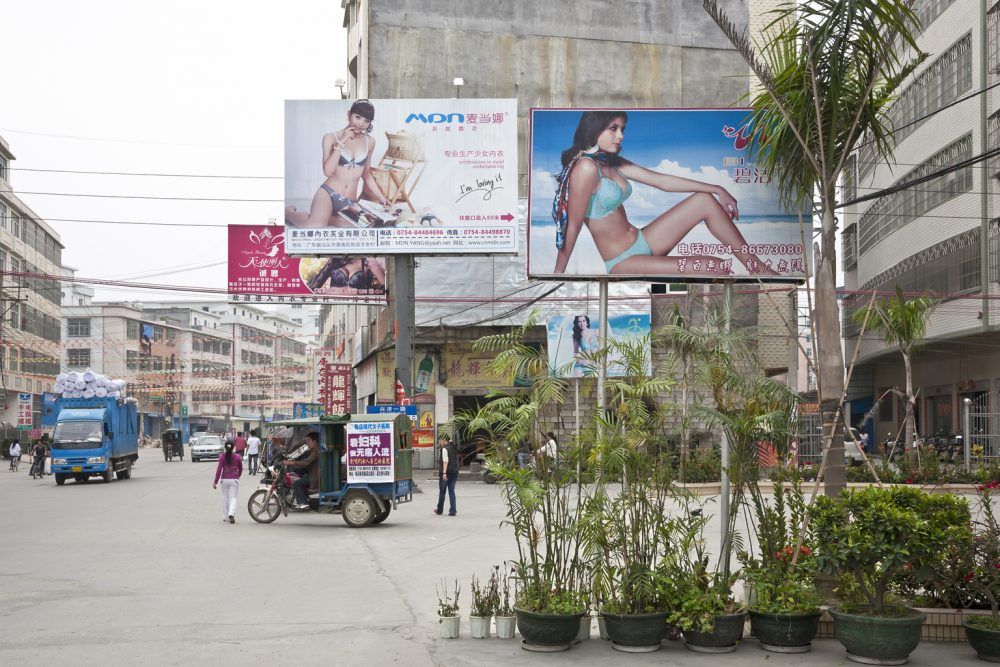
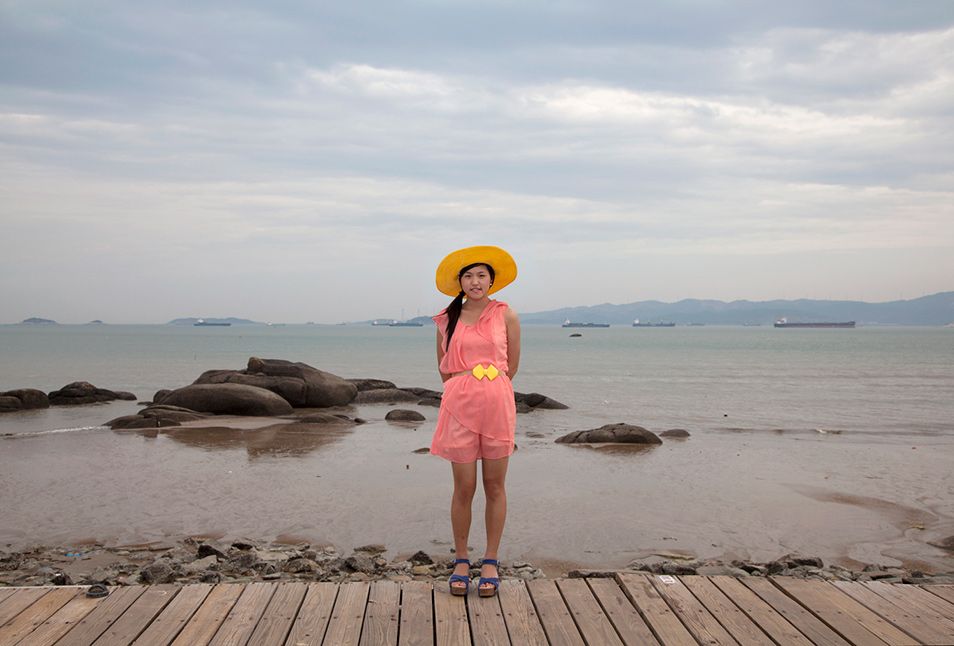

The book has strong supporting text for Briggs’ project – which frames her work in contexts of both economic and societal influences in China. An essay by award-winning journalist Rob Schmitz provides context for Briggs’ images, giving the reader a sense of time, place and history. A foreword by independent curator Susannah Magers addresses the conceptual underpinning of the book.
Schmitz describes China through Briggs’ lens as “a land momentarily frozen between countryside and frenetic metropolis … wherever they look, Chinese consumers and workers in Brigg’s photographs are surrounded by slick romanticized imagery of the West — environments of pure exotic aspiration.”

11 X 11 In. / 116 Pages / 60 Color Photographs
ISBN 9781942084334
List Price: $45.00
To buy the book, please visit: https://daylightbooks.org/products/impossible-is-nothing-chinas-theater-of-consumerism
Priscilla Briggs is a fine art photographer based in Minneapolis, MN. Her work investigates global representations of capitalism and consumerism. Her work has been exhibited internationally, most recently in the Landskrona Photo Salon in Sweden, the Minneapolis International Film Festival, the DeVos Museum in Michigan, and many more. Briggs is an Associate Professor of Studio Art at Gustavus Adolphus College, and is represented by Rosalux Gallery. For more information, and to see more work, please visit her website: www.priscillabriggs.com.
Location: Online Type: Book Review
Events by Location
Post Categories
Tags
- Abstract
- Alternative process
- Architecture
- Artist Talk
- artistic residency
- Biennial
- Black and White
- Book Fair
- Car culture
- Charity
- Childhood
- Children
- Cities
- Collaboration
- Community
- Cyanotype
- Documentary
- Environment
- Event
- Exhibition
- Faith
- Family
- Fashion
- Festival
- Film Review
- Food
- Friendship
- FStop20th
- Gender
- Gun Culture
- Habitat
- Hom
- home
- journal
- Landscapes
- Lecture
- Love
- Masculinity
- Mental Health
- Migration
- Museums
- Music
- Nature
- Night
- nuclear
- p
- photographic residency
- Photomontage
- Plants
- Podcast
- Portraits
- Prairies
- Religion
- River
- Still Life
- Street Photography
- Tourism
- UFO
- Water
- Zine

Leave a Reply